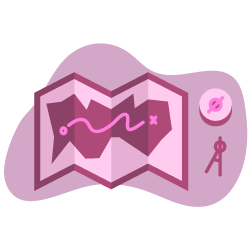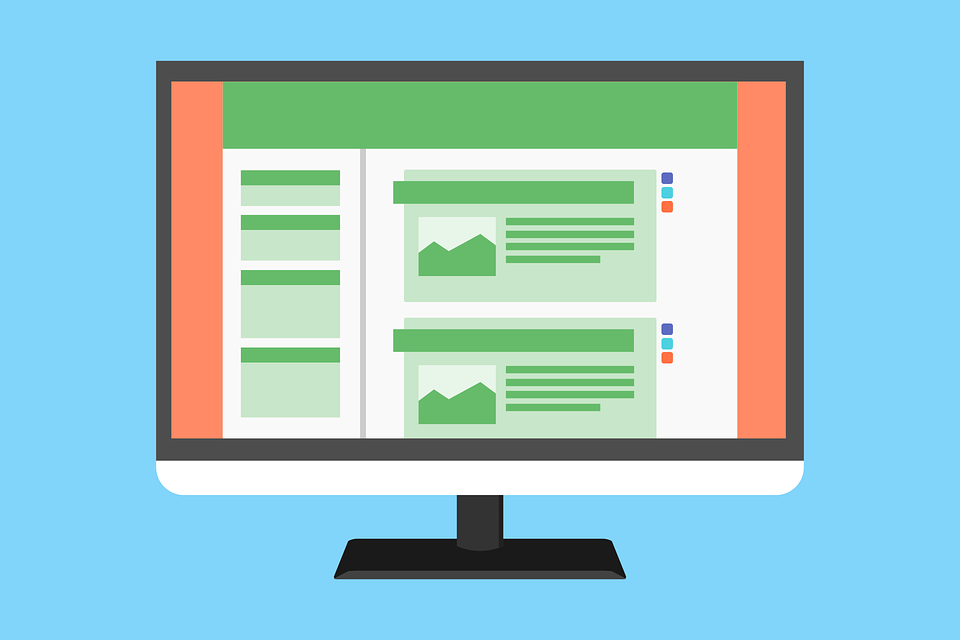
Your homepage isn’t just a place to display your business name and logo. It’s the initial page people and web crawlers land on, which means it’s the first (and potentially last) chance to snag their attention. If you want to garner more organic search traffic, your site must make a stellar impression within seconds. Always remember, the search engine crawlers are constantly being tweaked to think more like the average person.
Unfortunately, creating the perfect homepage is easier said than done. There are hundreds of factors that can impact a page’s success, ranging from loading speeds to font sizes. You can’t expect to excel in every category, but you can try to steer clear of the big red flags.
Here are three of the top things that push people and search engine crawlers away from your site. If you notice that any of them apply to your site, you need to make changes ASAP.
1. Your Page Loads Slowly
Why It’s a Problem for People:
Most web pages load in 3.21 seconds or less, according to a study by Pingdom.
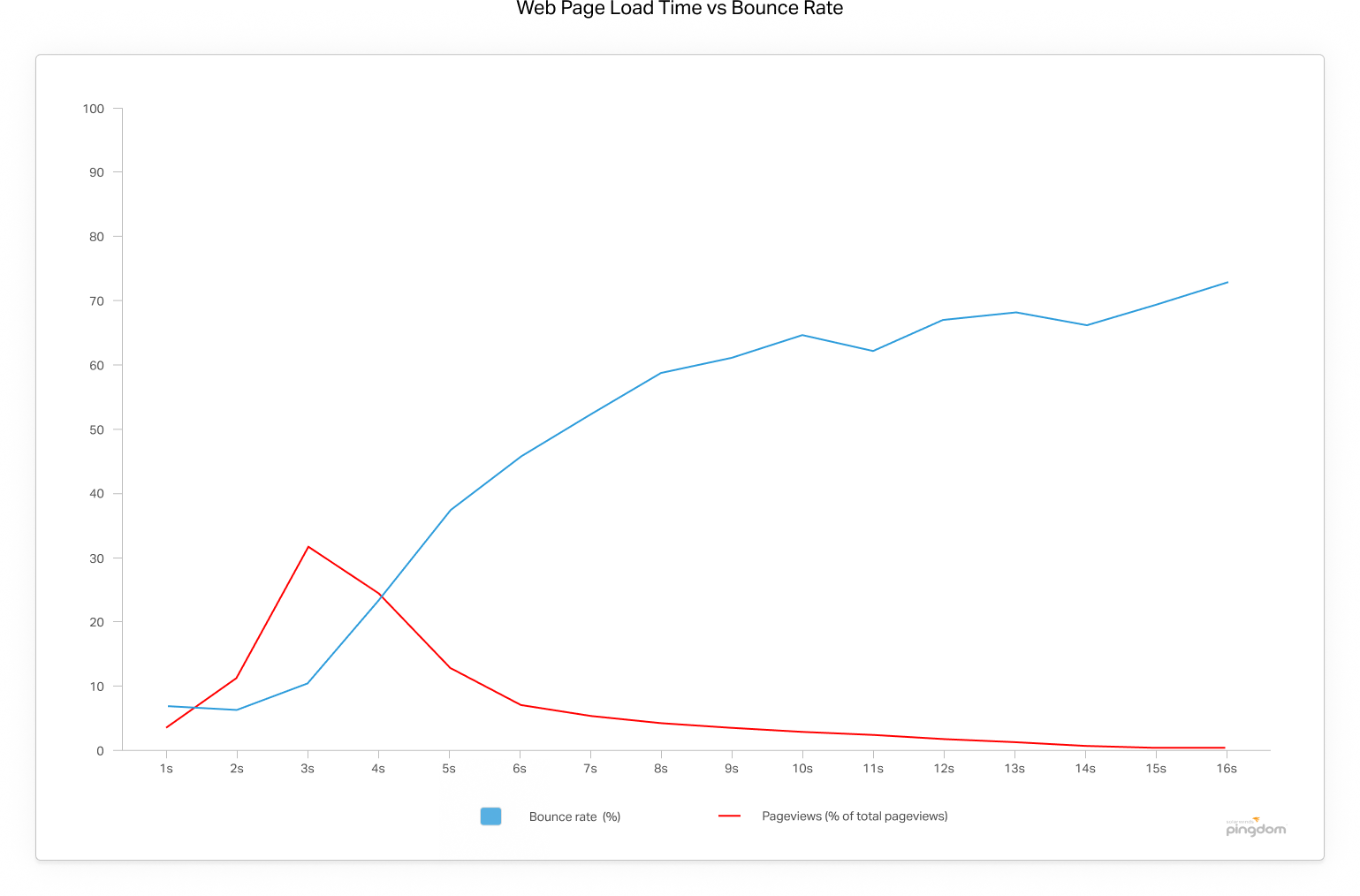
These days, we simply expect fast speeds with modern technology, no matter what website we’re visiting. Therefore, if a visitor stumbles across your page and it takes longer than expected to load, they’ll likely bounce and look for a faster webpage elsewhere. If your site takes more than 4.2 seconds to load, the conversion rate will likely drop below one percent. Don’t bog down the search experience with slow-loading images or text; it kills your site’s user experience.
Why It’s a Problem for Crawlers:
Pages that take forever to load don’t just bother human searchers; they drive crawlers away, too. This is a particularly serious concern when it comes to mobile results and ranking. Google and other search engines actually penalize sites that load slowly, which causes you to lose out on even more human visitors and conversions. Good luck ranking highly on Google if your site takes a solid eight seconds to load images and text.
How to Fix the Issue:
Examine your site with Page Speed Insights by Google. This app will help you determine how quickly your site loads for the average visitor. In addition, it will provide insights as to how you can fix various problems with your site’s speed. For instance, it might suggest that you reduce the image sizes or optimize your content for faster loading times. Take a look so that you can figure out where your biggest speed concerns lie, then fix the issues quickly.
[Case Study] Managing Google’s bot crawling
2. The Site Gives a Bad First Impression
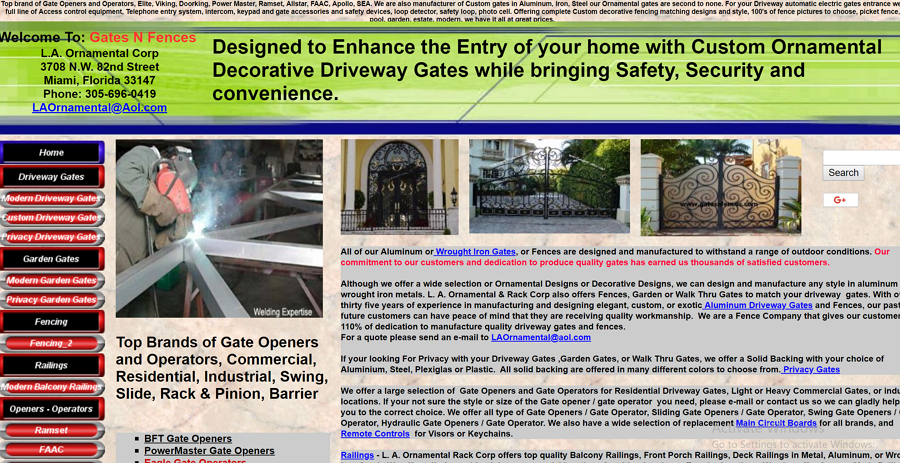
Why It’s a Problem for People:
When a person visits your homepage, they expect to see a clean-cut, professional page that’s laid out purposefully. They also want it to look modern and updated. This means that messy fonts, haphazardly chosen colors, and confusing setups are first impression killers. Not only does your site need to be pleasing to look at, but it must also appear like a trustworthy site run by professionals.
Take extra measures to guarantee that your site looks respectable. It’s safe to adopt the mindset that the average user decides whether to explore your site by merely glancing at the homepage, so make sure that they immediately like what they see.
Why It’s a Problem for Crawlers:
Even though crawlers don’t have the same personal design preferences like humans do (yet), they do search for sites that are properly laid out and conducive to online searches. For instance, if a crawler is incorrectly redirected or finds errors scattered throughout your homepage, you can kiss your high ranking on Google goodbye.
How to Fix the Issue:
Begin by establishing a brand guide that dictates what colors, fonts, logos, and slogan design your site will adhere to across the board. This will help give your homepage that polished look that users expect from a respectable brand. Then, work on hunting down any glaring errors that could steer users away. Double-check your links to confirm that everything directs users to the correct destination, and make sure that your website loads correctly on mobile devices as well as computers and tablets.
3. There Are Issues With Your Images
Why It’s a Problem for People:
You’ve heard that a picture is worth a thousand words, and that’s never truer than when it comes to your homepage. Images on your site’s main area need to impress users instantaneously. In today’s competitive business environment, 32 percent of marketers say that visual images are the most important form of content for their business.
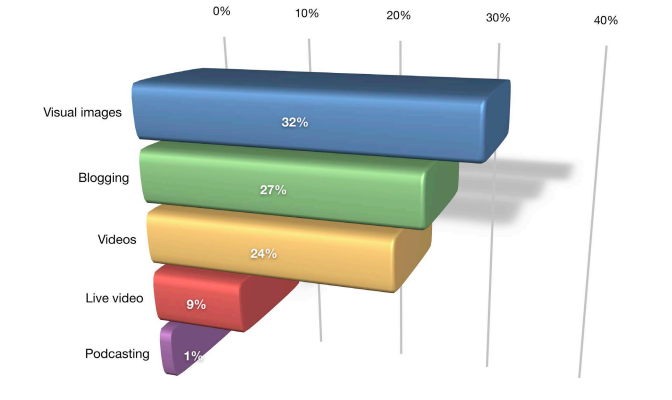
This should apply to your site, too. Don’t let pictures load slowly, lose quality, or go without updates for months (or years).
Why It’s a Problem for Crawlers:
Although crawlers can’t “see” your images like human visitors can, they can determine if your images are up to par or not by looking at your alt tags. Every image on your site should have a brief description that relates to the content of the picture. This makes your images more “searchable” and therefore more relevant to Google results. Remember, you shouldn’t just throw these alt tags around. Each one should be purposeful and accurate, as well as useful to visitors.
How to Fix the Issue:
For starters, check to see that your site is optimized for fast-loading, high-quality photos and graphics. Additionally, you should pick photos that are new and attention-grabbing. You may need to update these images yearly to keep up with current design expectations.
When it comes to alt tags, make sure you’re filling them out accurately as you upload images. You’ll also need to look at your robots.txt to ensure that images are open to crawlers – be sure you don’t accidentally disallow search engine crawlers from looking at your alt text.
In Conclusion
If you start researching how to capture an audience with your homepage, you’ll find thousands of suggestions scattered across the internet. However, we know that there are three predominant factors that steer people (and crawlers) away: slow loading speeds, bad first impressions, and unprofessional images. Avoid those and you’ll stand a much better chance at ranking with Google and running a crawlable site.
